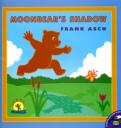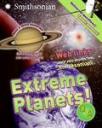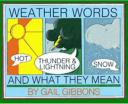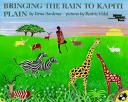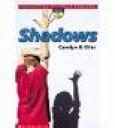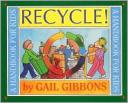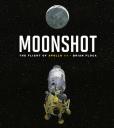I love it when I can find a book that teaches science content without students realizing it. Moonbear’s Shadow, written and illustrated by Frank Asch, is a lovely book about a bear’s fishing adventure. During this outing, Bear has a battle with his shadow that started when his shadow scared the fish away. Bear tried to run away from his shadow, hide from his shadow, and even nail his shadow to the ground but his shadow always followed.
Bear finally won his fight, so he thought, when he buried his shadow in a hole at noon and took a nap. “The sun was high in the sky and Shadow was nowhere to be seen.” Of course when he woke up, the shadow reappeared. This witty books ends when Bear makes a deal with Shadow, “If you let me catch a fish, I’ll let you catch one, too”. Thankfully, the sun cooperated by casting Bear’s shadow on land, not in the pond, which allowed Bear and his shadow to each catch a fish.
Moonbear’s Shadow is a great introduction to shadows for kindergarten classes. (VA SOL K.7a) I like how the pictures in this book show a visual connection between the sun’s position in the sky and the length and location of the shadow. My favorite page depicts the movement of the sun in four phases and the result of the sun’s position on a shovel’s shadow. This book is sure to get students excited to learn about shadows.
Additional Resources:
- There are many wonderful shadow activities on Frank Asch’s website
- This is an interactive website with a shadow activity that students will love
- Here is a simple worksheet in which students match a dinosaur to its respective shadow
Book: Moonbear’s Shadow
Author: Frank Asch
Illustrator: Frank Asch
Publisher: Aladdin
Publication Date: 2000
Pages: 32
Grade Range: K-3
ISBN: 0689835191

